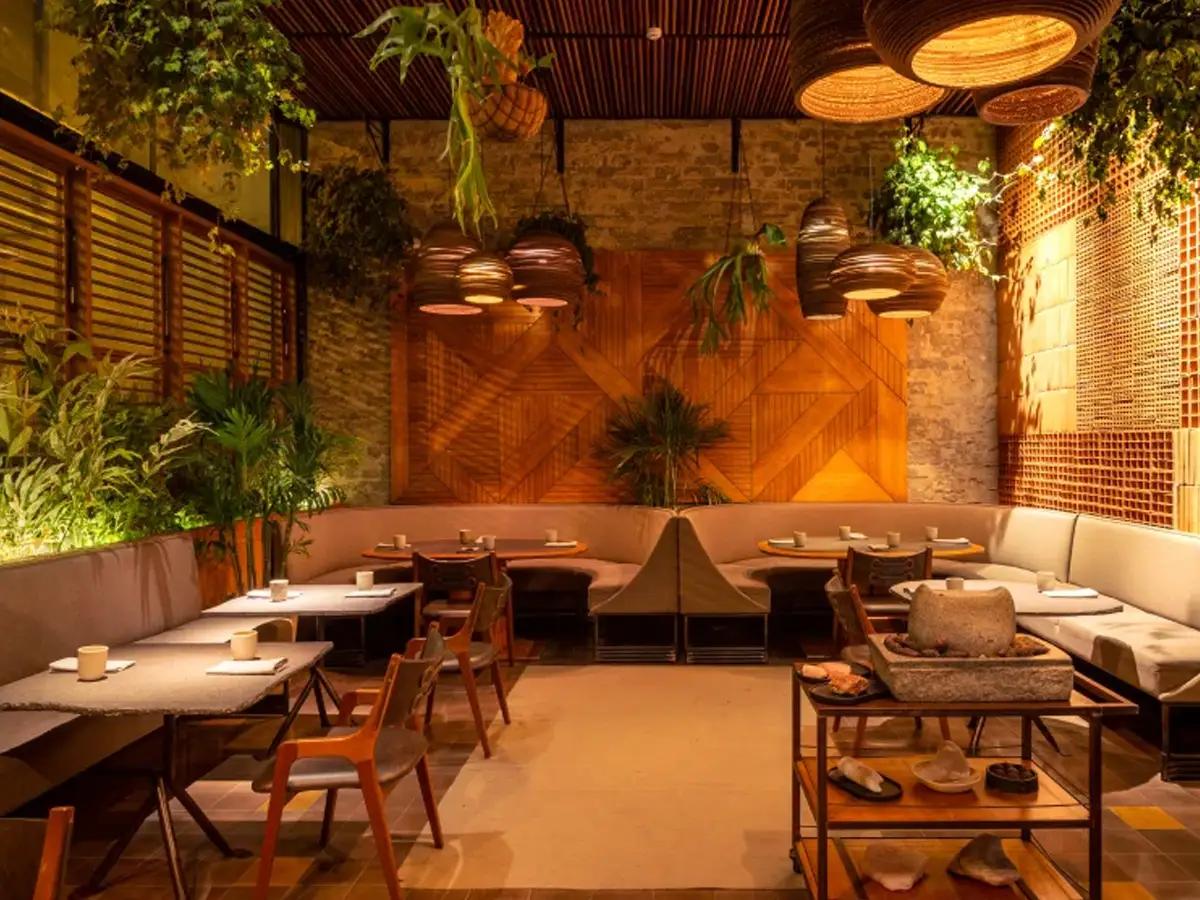Restaurants Lockhart: The best places for gatherings.
Restaurants Lockhart: The best places for gatherings.
Blog Article
Why Dining at Neighborhood Dining Establishments Supports Your Neighborhood and Delights Your Taste Buds
Eating at local dining establishments supplies more than just a meal; it works as an important element in supporting community vigor and financial strength. By patronizing these facilities, people not only indulge in diverse cooking experiences yet additionally add to local task production and the support of local farmers. This symbiotic partnership fosters a rich tapestry of flavors that mirrors regional society and heritage. The implications of such options expand far beyond the plate, welcoming us to consider exactly how our dining habits form the areas we live in. What might this suggest for the future of neighborhood eating and area connection?
Economic Impact of Regional Eating

The economic impact of local eating extends much beyond the dining establishment itself, affecting a variety of fields within the community. Regional dining establishments play a critical function in boosting financial development by producing tasks, sustaining regional distributors, and contributing to community incomes. When consumers select to eat at local establishments, they assist suffer employment for chefs, servers, and upkeep personnel, thus improving the regional job market.
Furthermore, local dining establishments commonly source components from close-by farms and manufacturers, cultivating a durable supply chain that benefits different agricultural markets. This technique not just supports neighborhood economic climates yet additionally motivates lasting farming methods. Furthermore, the sales tax produced from these dining establishments adds to essential civil services, such as education and learning and facilities, which even more boosts neighborhood high quality of life.
Moreover, regional eating establishments typically foster a feeling of neighborhood, attracting homeowners and visitors alike, which can cause increased foot traffic in surrounding companies. This interconnectivity among neighborhood ventures boosts financial durability, creating a vivid and sustainable area ecosystem. Essentially, the assistance of local dining is a financial investment in the more comprehensive financial health of the area, advertising growth and sustainability for future generations.
One-of-a-kind Cooking Experiences

In addition, several regional establishments embrace farm-to-table practices, stressing the significance of seasonal produce. Restaurants can savor the quality of components sourced from neighboring farms, which not only boosts taste but additionally cultivates a link to the regional landscape. This dedication to high quality and region sets the stage for distinctive cooking experiences that are typically absent in chain dining establishments.
In addition, regional chefs often try out fusion cuisine, mixing varied culinary customs to create interesting brand-new recipes. Such advancement not only tantalizes the taste however also urges adventurous dining, inviting patrons to expand their culinary perspectives. Engaging with neighborhood dining establishments permits diners to appreciate dishes that are not simply regarding food, but regarding the virtuosity and enthusiasm that specify the cooking world, making every dining experience really distinct and delightful.
Strengthening Area Bonds
Dining at local restaurants plays a critical duty in reinforcing area bonds by promoting links amongst residents. These facilities function as crucial celebration places where individuals can participate in significant discussions, share experiences, and create enduring memories. As clients regular the same regional spots, they cultivate a sense of knowledge and friendship, reinforcing social ties within the area.
Additionally, regional dining establishments frequently show the distinct cultural material of their areas, showcasing regional customs and cooking heritage. This event of local culture not only boosts area identity yet also urges citizens to take satisfaction in their environments. By joining the neighborhood eating scene, people add to a common story that binds them together.
Community occasions organized at dining establishments, such as open mic evenings, fundraising events, or food festivals, better improve these connections. They supply opportunities for cooperation and interaction amongst diverse teams, promoting inclusivity and understanding. As citizens gather to sustain neighborhood businesses, they simultaneously sustain each other, producing an interconnected network that enhances the community's durability.
Fundamentally, dining at local dining establishments is not simply concerning food; it is an enhancing experience that fortifies area bonds and grows a vibrant, united neighborhood culture.
Supporting Local Farmers and Manufacturers

This technique decreases transport expenses and discharges, advertising ecological sustainability while also improving the taste and high quality of the meals served. Seasonal food selections, which highlight regional fruit and vegetables, allow dining establishments to supply one-of-a-kind cooking experiences that reflect the region's agricultural bounty.
Furthermore, supporting regional farmers assists preserve conventional farming methods and urges biodiversity. It empowers small-scale producers, continue reading this permitting them to flourish in a progressively industrialized food system. As local dining establishments choose to companion with these farmers, they assist maintain a vivid agricultural neighborhood, making sure that local food systems continue to be resistant.
Fundamentally, dining at neighborhood restaurants is not simply regarding appreciating a meal; it is an investment in the neighborhood economy and an affirmation of lasting methods. By selecting local, restaurants play an about his essential duty in nurturing their neighborhoods and supporting the industrious individuals who grow their food.
Maintaining Regional Society and Heritage
Rooted in the traditions of their communities, neighborhood dining establishments act as important custodians of cultural heritage. By showcasing regional active ingredients and conventional food preparation methods, these facilities protect the unique tastes and culinary techniques that define local identity. Each recipe narrates, mirroring historical impacts and social narratives that have formed the community over generations.
Furthermore, regional restaurants frequently promote classic dishes gave through family members, making certain that unique cultural methods stay active. This not just informs clients regarding the neighborhood's heritage however also promotes a feeling of pride and belonging among citizens. The ambience, design, and also music in these facilities typically resemble the regional culture, offering an all natural experience that goes beyond simple eating.
Additionally, neighborhood restaurants contribute to the conservation of language and dialects, as menus and discussions frequently integrate regional vernacular. By participating in community events and events, these dining establishments strengthen social bonds and promote cultural exchange. Fundamentally, dining at local restaurants is not simply a culinary experience; it is a possibility to involve with and sustain the rich tapestry of neighborhood culture and heritage, here ensuring its continuity for future generations.
Conclusion

Report this page